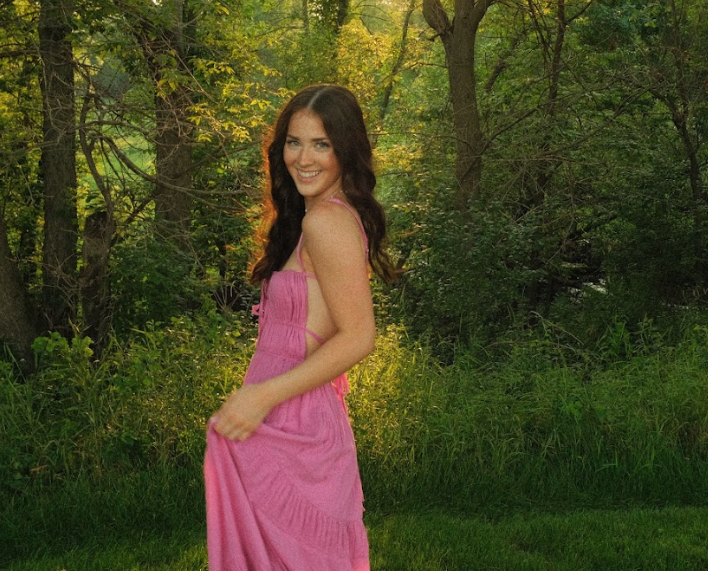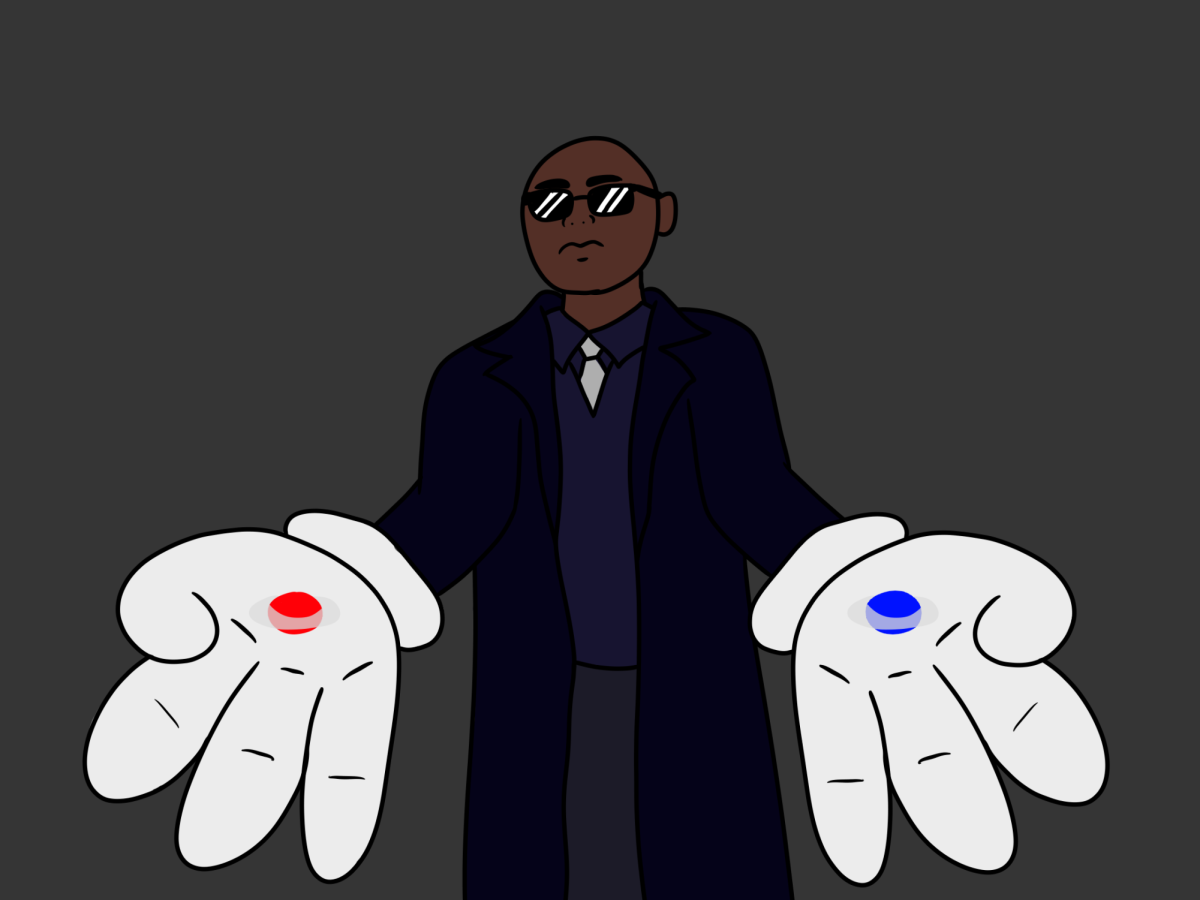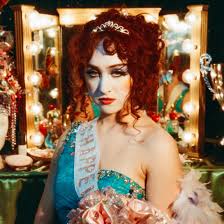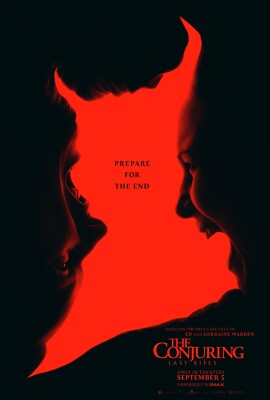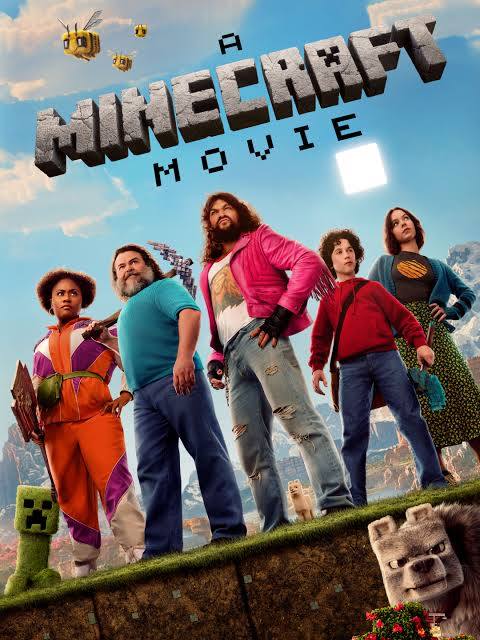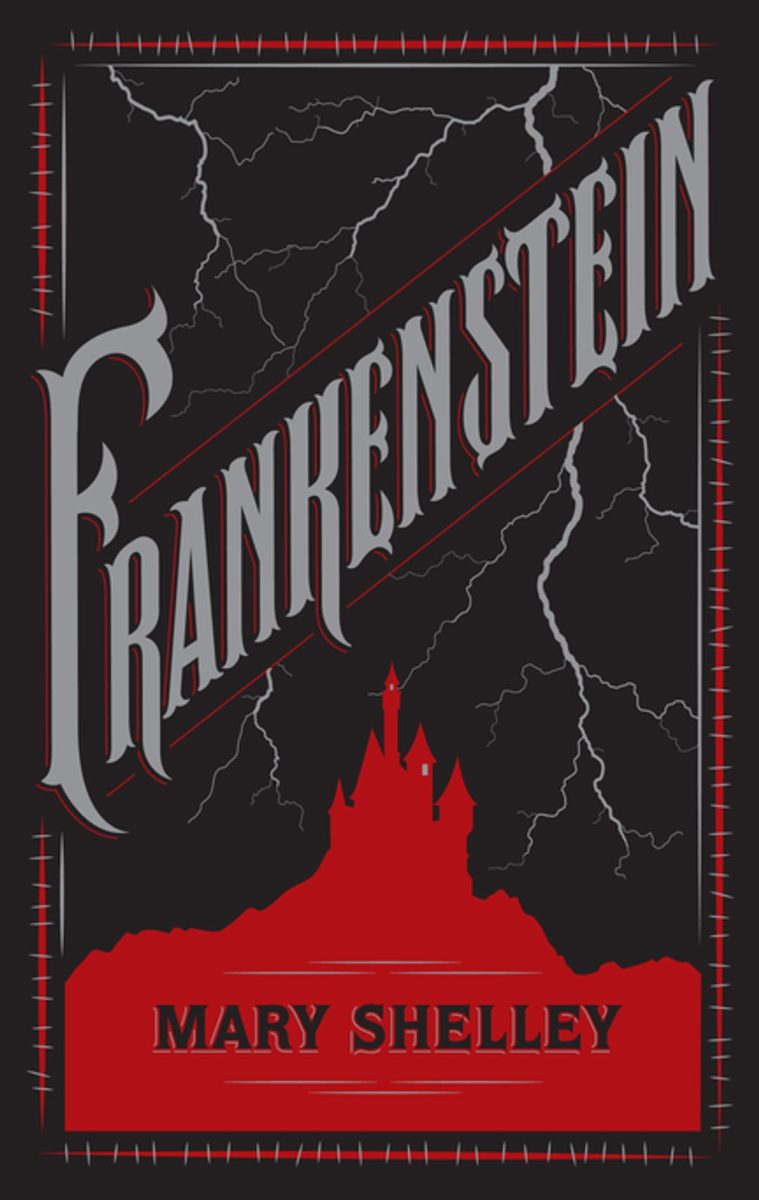Imagine this, an 8-foot creature with yellow skin that scarcely covers the muscles and arteries underneath, lustrous black hair, pearly white teeth, watery eyes that look almost the same white as the sockets that hold them, a shriveled complexion, and dark black lips. This isn’t the Frankenstein monster you imagine, is it? Most people picture a giant green man with bolts coming out of his neck, but is that really what the monster is said to look like? There have been a wide array of Frankenstein films made throughout time, and they can’t all be accurate. So here are a few films and how they compare to the book.
The original “Frankenstein” film made in 1931 by the director James Whale, is considered a classic Frankenstein film. The first difference was that they renamed the main character Victor. In the film, he goes by Henry. A few other things they did differently was that they gave Victor as assistant, while in the books Victor works alone. The film also portrays electricity as the method to bring the monster to life, when Mary Shelly never specifies the method. The only other major difference in this film would be the lack of deaths. In the book we see many people die by the hands of the monster. While the film did a rather good job at putting Mary Shelley’s words into motion, they definitely had to cut some things and tone it down, as the violence in Shelley’s novel most likely wasn’t acceptable on film at that time. The film has many similarities to the story but the most interesting one is that the film doesn’t portray Victor as a doctor, but rather a college drop-out like he was in the books.
The next film is “Young Frankenstein”. A classic film for fans, and beginners, to Frankenstein. Made in 1974 by director Mel Brooks, this film is more of a twist on Frankenstein. The film follows Frankenstein’s grandchild, Frederick. This film will obviously have many differences from the book, as it’s not a direct adaptation of the story but there are some similarities. To start, Frederick quotes the novel a few times in the film. The monster also meets a blind old man, which happens in the book. The film also has its own way of portraying the monster “ruining” Victor’s relationship with his fiance. While in the book it had a more gruesome end, the film turned it into a bit more of a dirty joke.
Both movies are fun to watch, if you prefer a short and simple remake, the 1931 film is right for you. But if comedy and jokes are more your style, then Brooks “Young Frankenstein” would be what you want.

![“This [photo] is basically the same area,” said science teacher Todd Mikkelsen. “So that [the cover photo] was my photo at dusk. Here it is at night time and there’s something jetting up out of the ground. So it’s the same location, different dates, two different cameras picked up an anomaly in the same region.”](https://www.ahlahasa.com/wp-content/uploads/2025/09/Ghost-Cover-1200x901.png)









